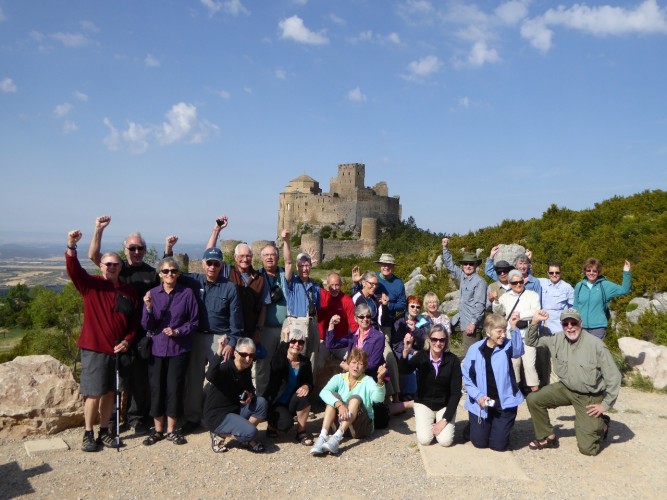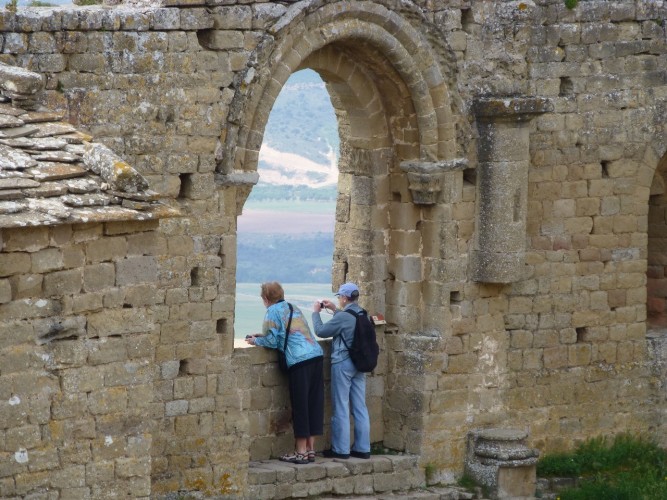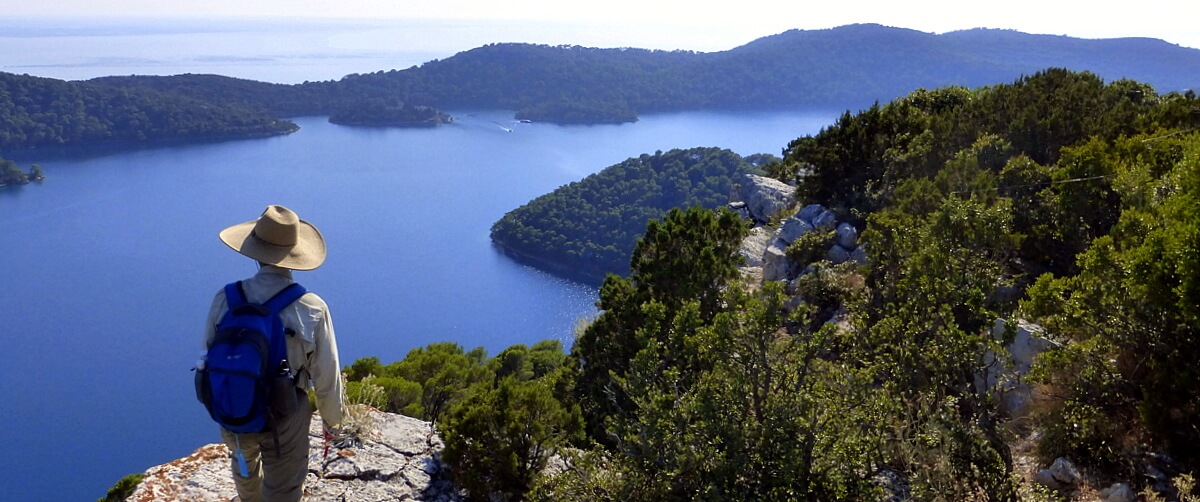Loarre Castle – Classic Study in Medieval Fortresses and Spain’s Reconquest

In 711 AD, Arab/Berber Muslims, often labeled by history as “Moors”, invaded the Iberian Peninsula from North Africa in one of the most sweeping, history-changing movements in European history. After a surprisingly easy defeat of the Visigoths army, the peninsula was left virtually defenseless and came almost completely under Moorish control within a few short years. This marks the first incursion of Islamic armies into Europe.
The story of the next 8 centuries is as fascinating as it is confusing. Various waves of Muslims entered the peninsula while governments and policies shifted between tolerance of local custom and religion to severity and intolerance. Christian kingdoms in the north began to organize and initiate the long struggle to regain control now known as the “Reconquest”. Parts of this 800 year period could be considered a golden era for Islam and Arabic culture. The medieval city of Toledo was, for a time, an inspirational example of the collaboration of the three monotheistic religions as Christian, Muslim, and Jew prospered side by side. And Cordoba, for many centuries the seat of the Caliphate of Cordoba, may have been the world’s most populous and advanced city in the 10th century.

The Reconquest, however, continued to gain strength in the north of Spain. As part of this movement, Loarre Castle was built during the 11th and 12th centuries by rulers of the northern kingdom of Aragon on remains of a Roman fortress. Later, after the Moors of Huesca were pushed back, the castle’s role shifted from military base to religion, and a monastery under the St. Augustine Order was founded here. The castle’s location on the hills of the pre-Pyrenees overlooking the plains of Huesca is stunning, sitting like an eagle’s eyrie with commanding panoramas to the south.
The castle is of classic Romanesque construction, a contemporary of the dramatic fortresses of England’s King Edward 1 in North Wales – the so-called Ring of Iron. The combination of its picturesque setting and archetypal medieval architecture has earned consideration by UNESCO on its Tentative List. We simply find it a breathtakingly photogenic visit, and a poignant reminder of Spain’s colorful history![/vc_column_text][/vc_column][/vc_row][vc_row][vc_column][vc_gallery interval=”0″ images=”6677,6678,6674,6680,6676,6672,6670,6679,6673,6675″ img_size=”large”][/vc_column][/vc_row]

